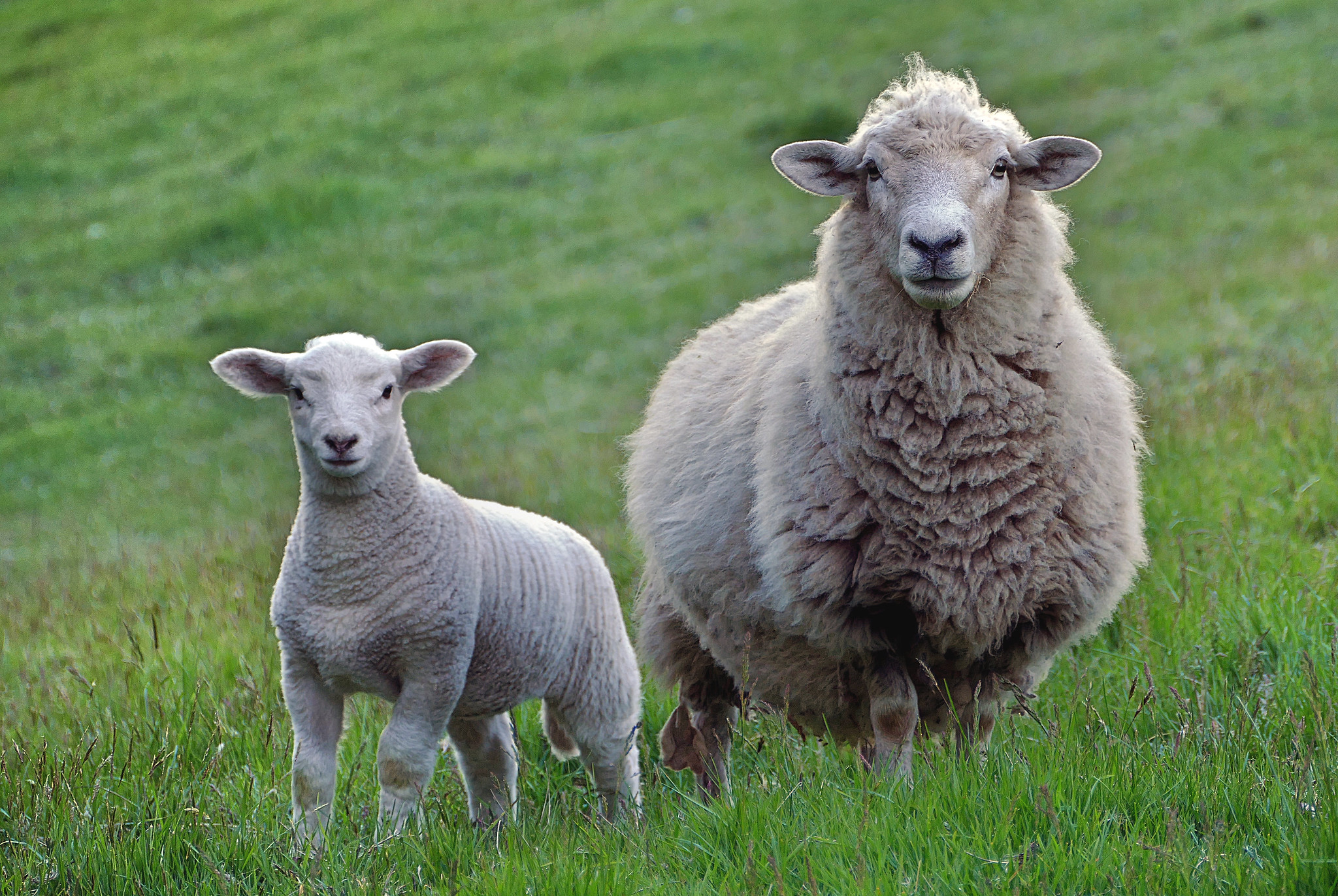Flocks of sheep function as a kind of “collective intelligence” and elect temporary leaders to guide them as they move with surprising fluidity.
Some animals surprise us with their intelligence, but sheep, in general, are not one of these animals. However, a new research published in Nature reveals that the sheep’s lack of individual intelligence is compensated for by the intelligence of the herd, as each sheep alternates between the role of leader and follower to produce a form of “collective intelligence”.
The animals alternate between leading the herd and following another leader, the authors explain, in an organic and very fluid way. These processes represent an example of collective intelligence that can teach us more about how self-organizing systems can share information between their individual parts, giving us insight into how to recreate such systems in the future.
Researchers from Université Côte d’Azur, Université de Toulouse and CY Cergy Paris Université used physical theories to study the collective behavior of small flocks of sheep. Its main objective was to investigate these systems from the point of view of finite and self-organized collective movements. This approach, they explain, allowed them to delve into the decision-making processes of individual sheep to understand how movements in the herd as a whole arise.
For the experiment, the team studied the natural behavior of small groups of sheep at different time intervals. The movement trajectories of each sheep were followed, as well as their orientation and position in the herd. The team concluded that the observed interactions between individual pack members were highly hierarchical. In addition, all animals in the herd form a network, and information is distributed through this network according to the position of each animal in the group.
Based on their observations, they built a model of collective animal movement that focuses on two cognitive processes: leader selection, in which each leader guides the herd for a set amount of time, and a navigation mechanism, which determines where to go. where the herd goes.
The most surprising thing is that pack leaders are temporary and change quickly, which can bring many advantages. If a temp leader has knowledge relevant to the group (for example, getting out of a difficult step or locating food), the temp leader will be able to effectively guide the group. Thus, all group members benefit from this knowledge.
What is particularly interesting is the fluidity of this transition: in human societies, the transfer of authority or leadership is often marked by uncertainty and chaos. In the case of sheep, the transition is fluid and instantaneous. However, it is not yet known how the herd decides that the time has come for a new leader to take the reins, nor how that leader is determined.
REFERENCE
Intermittent collective movement in sheep results from alternating leader and follower roles
